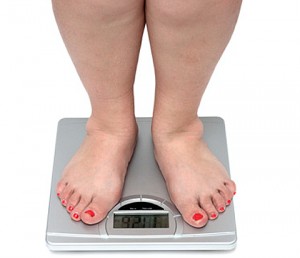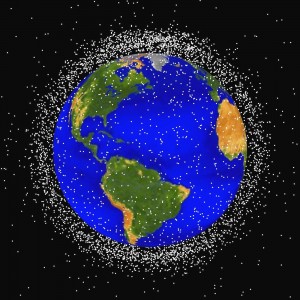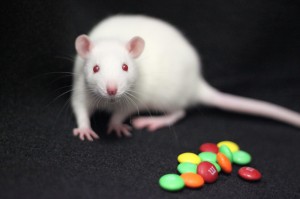 British scientists have found you can lose weight without dieting – by replacing high-fat foods with their low-fat counterparts.
British scientists have found you can lose weight without dieting – by replacing high-fat foods with their low-fat counterparts.
Writing in the British Medical Journal, researchers from the University of East Anglia found that people who switched out high-fat foods with low-fat substitutes lost about 1.6 kg over six months without any additional dieting.
They also found lowering fat in your diet provides additional health advantages, such as lowering blood pressure and bad cholesterol levels.
The researchers believe their findings could play a role in dietary recommendations to help in the worldwide battle against obesity. The WHO and other public health organizations say obesity is a major risk factor for high blood pressure, cardiovascular disease, diabetes, some cancers and musculoskeletal disorders, such as the highly disabling degenerative disease of the joints, osteoarthritis.

A display of high fat foods such as cheeses, chocolates, lunch meat, french fries, pastries, doughnuts, etc. (Photo: US National Cancer Institute)
Looking to update its guidelines on total fat intake, the WHO recently commissioned a study to evaluate the relationship between the amount of fat and fatty products consumed in daily diets and various indicators of body fatness such as total weight, waist size and/or body mass index (BMI).
For their study, the researchers evaluated 33 trials in North America, Europe and New Zealand, involving 73,589 participants of various ages and states of health.
Researchers compared the waistline measurements and weight of participants who ate a reduced-fat diet with those whose diet included the usual amounts of fat for at least six months.
Along with the loss of 1.6 kg of bodyweight, they also found that the participants reduced their total BMI by 0.56kg/m² – kg per square meter -and cut their waist circumference by 0.5cm.

Nutritionists recommend foods with protein (eggs/lean meat), whole grains, and fruits (or vegetables) for a healthy breakfast (Photo: Kenji Ross via Flickr/Creative Commons)
Wondering if the weight reduction by those in the group that consumed few fats was due in part to the additional time, attention and support they received, compared to those in the normal fat intake group, researchers looked to studies where both groups were given equal time and attention and found that the weight reduction did not disappear suggesting that the weight loss was really due to lower fat intake.
“The effect isn’t dramatic, like going on a diet. The research specifically looked at people who were cutting down on fat, but didn’t aim to lose weight, so they were continuing to consume a normal amount of food,” said Dr. Lee Hooper, who led the research. “What surprised us was that they did lose weight, their BMI decreased and their waists became slimmer. On top of this, they kept their weight down over at least seven years. There isn’t a specific goal, the more fat you cut down, the more your weight falls.”




 Science World is VOA’s on-air and online magazine covering science, health, technology and the environment.
Science World is VOA’s on-air and online magazine covering science, health, technology and the environment.